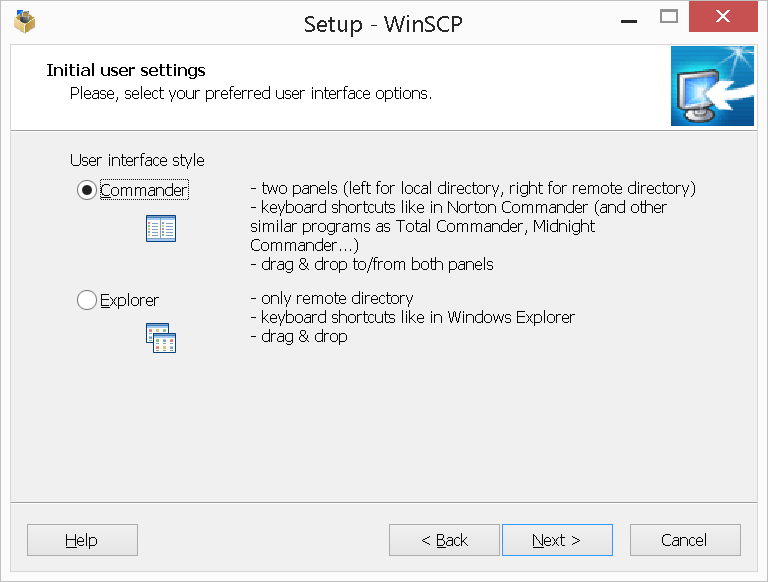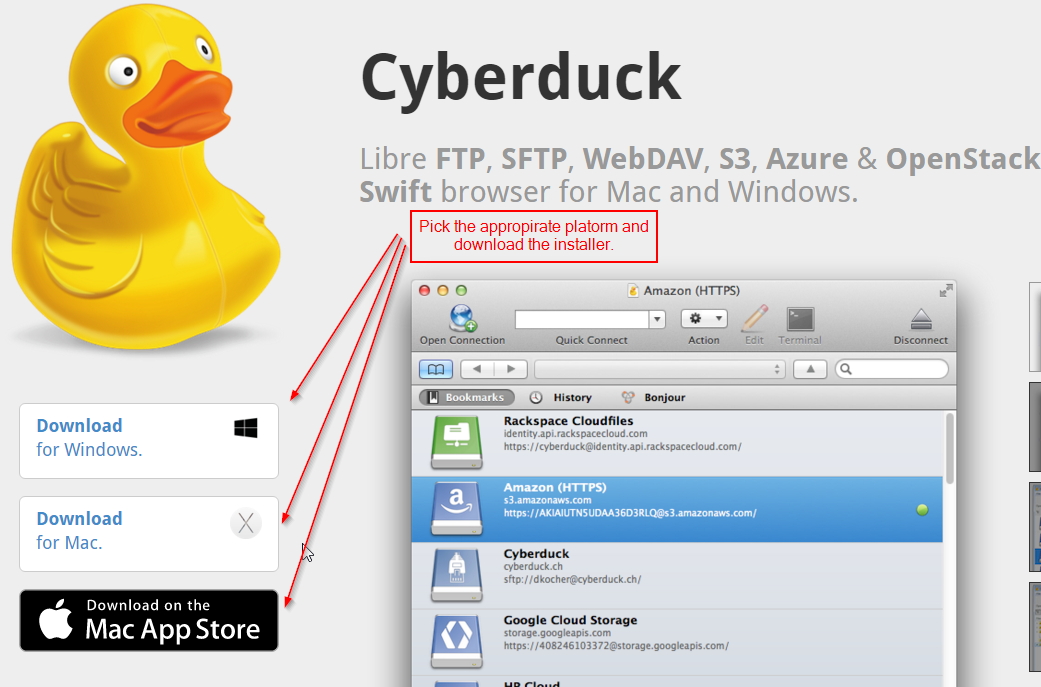

Have a question? Ask us on our forums! Learn More! This last option is a little slower, but it can be helpful in some situations! For example, using a text editor on your Mac, you can save the file as, and select the dex.local directory.Ī final option to transfer files between your Raspberry Pi and Mac is to use a USB Drive. You can directly view and edit files on your Raspberry Pi: simply click on the file and it will open in the appropriate program.įinally, a quick tip: you can save files to the Pi using the file dialog box on a particular program.You can transfer files from the Raspberry Pi to the Mac by dragging and dropping them into a folder on your Mac.You can transfer files from your Mac to your Raspberry Pi by dragging and dropping them into the pi directory.You can now do three things with the files on your Raspberry Pi: Now click “dex.local” and you should see the folder “pi”.ĭouble click the “pi” directory and you should see a list of files. Under that category, you should now see “dex.local”. This should be “pi”.Īfter connecting, on the left hand side of the Finder window, you should see a new category, “Shared”. In the “Connect to Server” dialog, enter “smb://dex.local” into the Server Address, and click “Connect”. In our tutorial, we are using Raspbian for Robots, and the default server name is “dex.local”. This is the address of your Raspberry Pi. You will be prompted for a Server Address. In the picture above, we’re looking at the file system on your Mac. To connect your Mac and Raspberry Pi for file transfer, first open “Finder” on your Mac. You can quickly move files between your Mac and Raspberry Pi, and edit files using your Mac that are on your Raspberry Pi. Thanks! Let me know if I should provide additional definitions.File Sharing From a Mac to Your Raspberry Pi Is there a way to fix it without that assumption? If $\mu$ and $\nu$ were equivalent (as in a), then i would know that $f$ is in fact nonzero $\mu$-a.e. I know it is nonzero $\nu$-a.e., why writing the integral just before * is fine. The problem is that I don`t know that $f$ is nonzero $\mu$-a.e.

Where in * i would like to use the fact that $\int_X h \, d\nu = \int_X h\cdot f \, d\mu$. Let $U_k(\epsilon)=(x_k-\epsilon,x_k+\epsilon)$ be a neighborhood of it, and $\ell$ be the Lebesgue measure. Let $x_k=f_\lambda ^k(x_c)$ be the k-th iterate of the fixed point. They have a higher density of orbits, and it seems like the first orbits of the critical point have a higher density than the later ones. The lines that can be seen in the chaotic regions are the orbit of the critical point $x_c=\frac 12$. This is a picture of the bifurcation diagram for the logistic map Derivative Asks: How many of the orbits of the logistic map are near the orbits of the critical point?


 0 kommentar(er)
0 kommentar(er)
